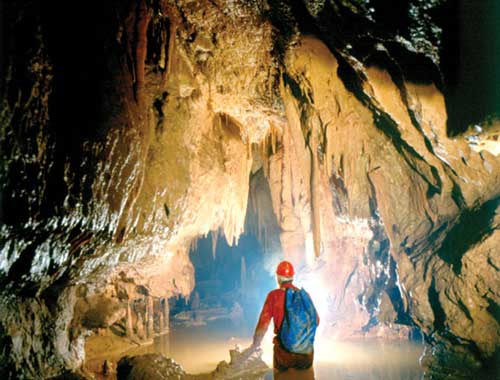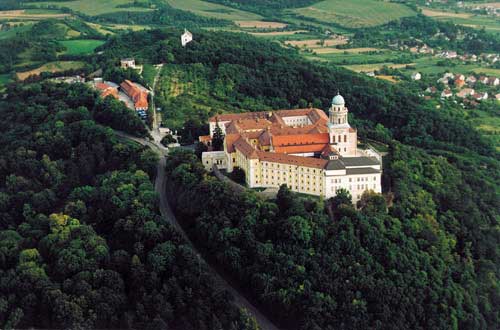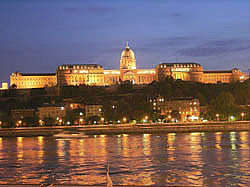Hungary is undoubtedly one of the world most favourite tourist destinations. The Hungarian culture, music, art, architecture, spas, unique flora and fauna, national parks, cuisine and wine attract millions of visitors every year.
Despite its small size, Hungary has an abundance of natural attributes. In the 10 national parks there are wild river areas, rolling hills, expansive lakeside areas, mountain ridges covered with thick forests, endless plains and the unrivalled treasures of the limestone region.
The country boasts 8 sites, which the UNESCO has recognised as being worthy of protection and conservation as part of the World Heritage. Four of them, the national parks of the Aggtelek karst with Central Europe's largest cave system, Lake Fertő the wine region of Tokaj and the grass plain of the Hortobágy, are natural treasures. |
 |
 |
Other parts of our cultural heritage include the ancient Christian cemetery in Pécs, the one thousand-year-old functioning monastery in Pannonhalma, the view of Buda with the Castle and the Citadel on Gellért Hill and Andrássy Street with its surrounding historical area, and the little village of Hollókő, which has preserved its medieval village layout, folk architecture and traditions. |
Budapest, one of the most beautiful historical capitals in Europe, is situated on the banks of the Danube. The city actually consists of three cities: Óbuda, the oldest section, with Celtic and Roman ruins, Buda in hills on the western bank, famous for its historic Castle Hill and beautiful residential area, and bustling Pest with its shopping, government and commercial districts on the flat plain of the east bank.
Only Budapest can say of itself that it has Europe's largest Parliament, largest functioning synagogue and the continent's first underground railway. The architectural beauty with its monuments from neo-classic through baroque to eclectic art nouveau is prevalent in the city. Budapest is also world famous for its artistic abundance of concerts, operas, recitals, galas and exhibitions. |
 |
The city is also well known for its one of Europe`s largest bath complexes, in fact there is no other capital city in the world with almost 100 thermal springs and 12 medicinal baths within its boundaries, where 19 million gallons of thermal water rise to the surface each day. The atmosphere of Roman bathing culture may be felt in its light, spacious pool halls, while Greek bathing culture is reflected in the tub baths, but traces of Nordic traditions may also be found in the heat chambers, saunas and dipping pools.
The warm hospitality of people, excellent food and wine, reliable and frequent public transportation, vivid cultural life, rich museums attract millions of visitors every year.
Last but not least, one may unwind over strong coffee and sweet cake in an old, cozy café. There were more than 400 coffeehouses in Budapest at the turn of the 20th century, attracting everyone, and some of the best are still in business today.
More about Budapest:
The most interesting places (The Castle District, The Royal Palace, The Inner City, The Parliament Building, The Gellért Hill, The Danube Bank of Buda, The Margaret Island, Hősök Tere - Hero's sqare, The City Park, Famous Avenues and Boulevards) , are presented with pictures and short descriptions, at:
http://www.fsz.bme.hu/hungary/budapest/bptour/bptour.htm
Even more information can be found at
http://www.budapestinfo.hu/en/ |



